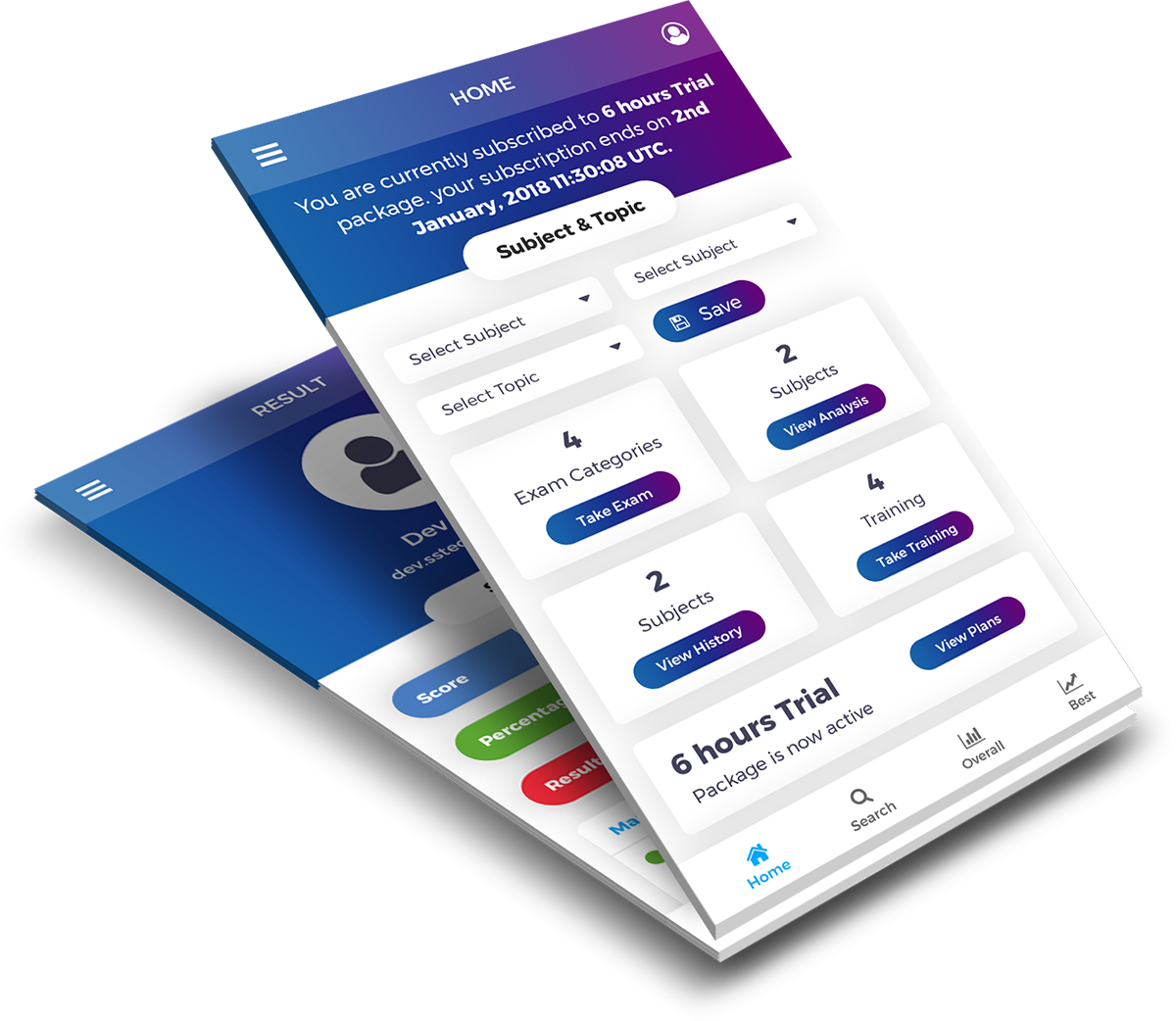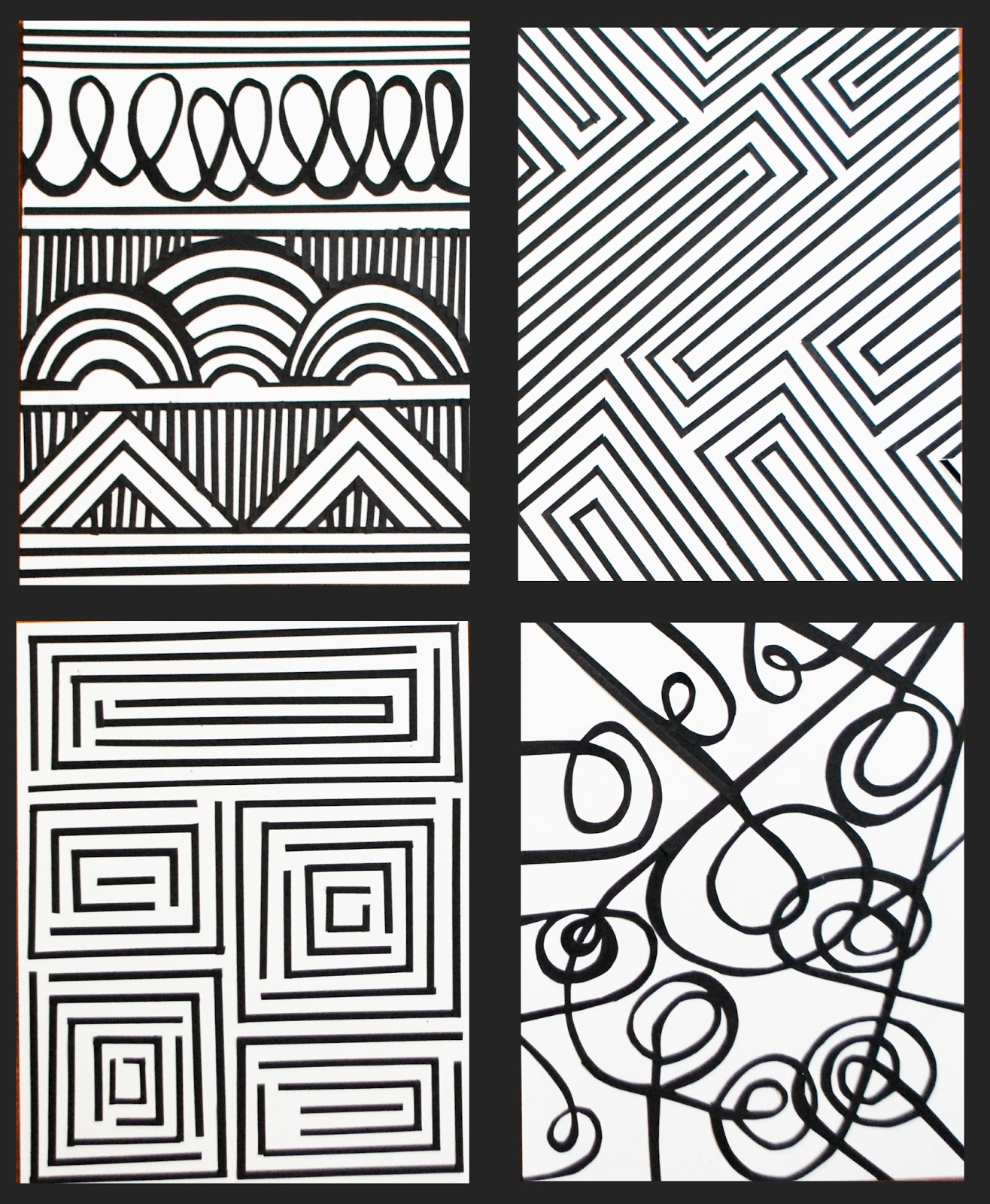AI Photo Generator: mood photo on the App Store
Table Of Content

You want to understand the reasoning, reaction, and guiding principles of your audience, not superficial demographics that mean little upon closer inspection. This not only helps develop deeper, more meaningful buyer personas, but it also helps mitigate any bias when it comes to using personas throughout your business. It’s worth your time and effort to invest the necessary resources into creating an accurate user persona research process.
Personas for Mobile UX Design
The Do’s & Don’ts Of User Journey Mapping - Built In
The Do’s & Don’ts Of User Journey Mapping.
Posted: Wed, 12 May 2021 07:00:00 GMT [source]
To create a persona, UX researchers and designers must pull out and capture the most important, valuable information they have about their users. In doing so, they’re compelled to step into the user’s shoes and dig deep into who they are and what they need. As such, the persona creation process alone fosters a deeper understanding of your target audience. A persona is a fictional character which represents certain traits and qualities of real users. In UX, personas are an important tool for understanding and empathising with your target audience.
Step 3: Add end goal(s)
Sparking stakeholder support: Creating personas for renewable energy innovation adoption based on qualitative data ... - ScienceDirect.com
Sparking stakeholder support: Creating personas for renewable energy innovation adoption based on qualitative data ....
Posted: Sat, 13 Jan 2024 19:24:00 GMT [source]
Each team needs to make sure their strategy aligns with the rest of the organization to ensure a smooth, accurate development and deployment of the feature. Now you know what a persona is and what makes one great, let’s take a look at why exactly they’re key for UX teams. This has previously meant a smiling picture accompanied by a descriptive name—like ‘Mary the Mom’—but memorable doesn’t need to mean mundane. Choosing pictures and names your team is familiar with can leave the design process open to bias—there are ample preconceptions about being a mom.
Provide direction in the decision-making process
You can revise their descriptions regularly and make adjustments that suit your users' expectations. This may affect your UX design process, but it ensures that your users get a product that suits them best. You need to analyze the data collected from your user research to identify your users' behavioral patterns. The goal should be finding patterns and commonalities that allow you to identify with your target audience based on how they behave and interact with your product to solve their pain points.
User Persona Examples That Drive Results
It requires the team to make assumptions based upon past interactions with the user base and products to deliver a picture of what, perhaps, typical users look like. There’s no doubt that these personas can be deeply flawed (and there are endless debates on just how flawed). They allow for early involvement with your users in the UX design process, but they should not, of course, be trusted as a guide for your development of products or services. In the world of user experience (UX) design, user personas are more than just tools; they are the key to creating products and services that resonate with your audience. As we wrap up our exploration of the Benefits of Using User Personas, let’s take a moment to recap the invaluable advantages they bring to the table.

While they may not provide the same level of individual detail as personas, customer journey maps are powerful tools for seeing the big picture and optimizing the overall user experience. Provisional personas can be particularly useful in the early stages of a project when you have limited data or resources. They serve as a starting point, allowing you to make quick design decisions and gather feedback.
Contents
User personas are based on real-life data and reflect the wants and needs of your target audience. Personas should be developed from user research, highlighting users' needs, goals, and the problems they encounter. A well-crafted persona describes users’ needs and behaviors as they apply to the solution in question. Backstories should focus on the motivations for the needs and behaviors, making the persona concise and directly relevant to the development team. Team engagement with personas will help to ensure truly user-centered solutions.
Step Four: Set demographic info
You should use this at the initial stages of collecting data from your target audience and when you feel like expanding on what you've built. You can support or reject your first hypothesis by engaging the project participants and comparing it with your existing knowledge. This requires a mock template outlining your final UX persona's general shape.
Map patterns and primary goals
Personas, constructed through a meticulous amalgamation of qualitative research, demographic data, and behavior patterns, offer a quasi-realistic glimpse into the lives of potential customers. They enable designers and stakeholders to cultivate empathy, a vital ingredient in crafting interfaces and experiences that resonate deeply with users’ needs and expectations. User personas provide a broader understanding of your target users, while user testing validates design decisions and gathers specific feedback from real users. Both are valuable and should be used in conjunction to create user-centered designs.
You then create user personas to reflect the real-life wants and needs of your target audience. Hence, personas do not describe real people, but you compose your personas based on actual data collected from multiple individuals. Personas add the human touch to what would largely remain cold facts in your research. Creating persona profiles of typical or atypical (extreme) users will help you understand patterns in your research, which synthesizes the types of people you seek to design for. In user experience (UX) design, you use personas to build empathy with target users and focus on their world. You should always create personas from observations about real users, personas should never be invented out of your assumptions about your users.
When it comes to opportunities/recommendations, you can certainly have a dedicated section in your persona’s profile if you want. E.g., to list product ideas linked to a specific persona based on their motivations, frustrations, etc. It is essential to keep in mind that you cannot use one Persona to represent your entire clientele.
The role-based perspective is also goal-directed, and it also focuses on behavior. The personas of the role-based perspectives are massively data-driven and incorporate data from both qualitative and quantitative sources. The role-based perspective focuses on the user’s role in the organization.

Comments
Post a Comment